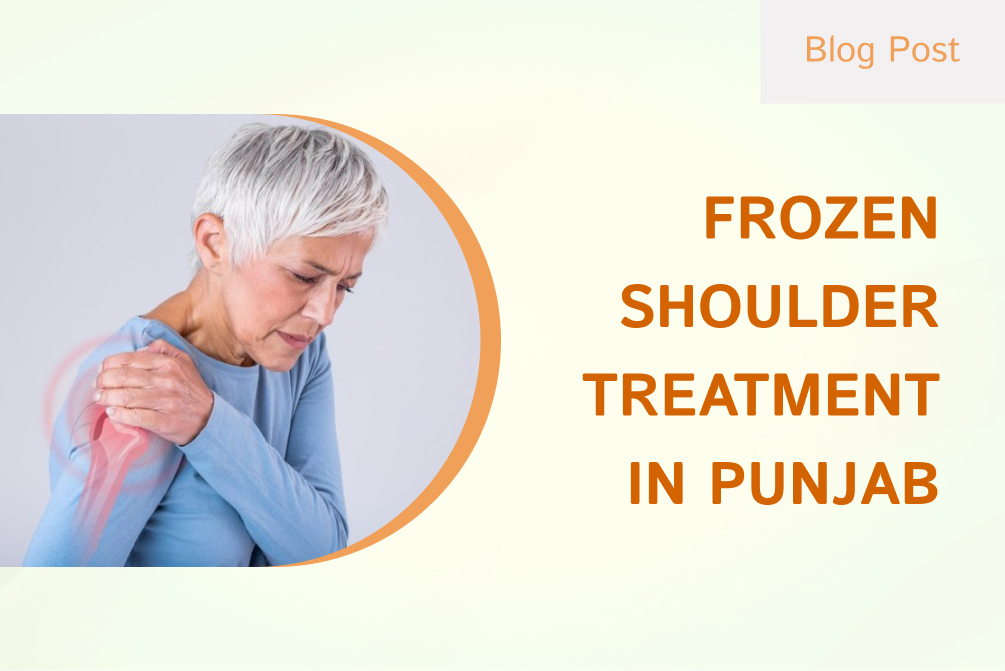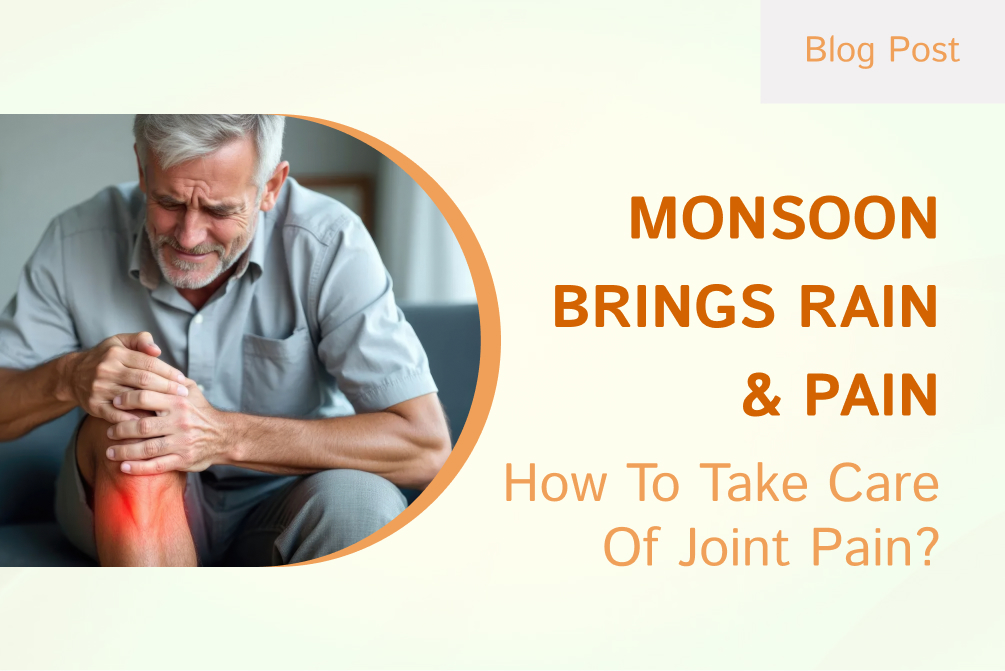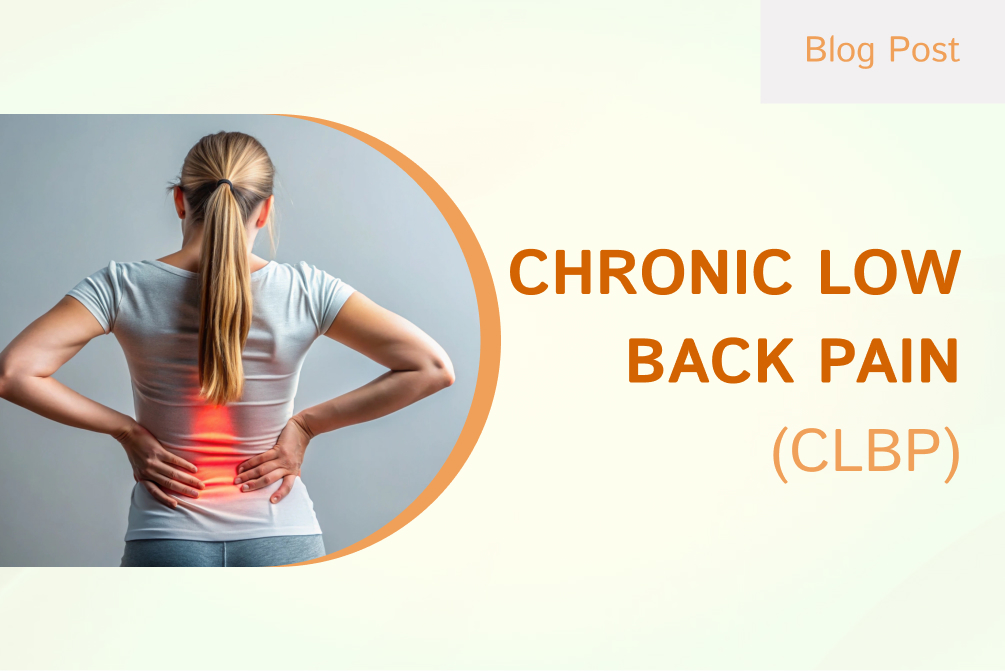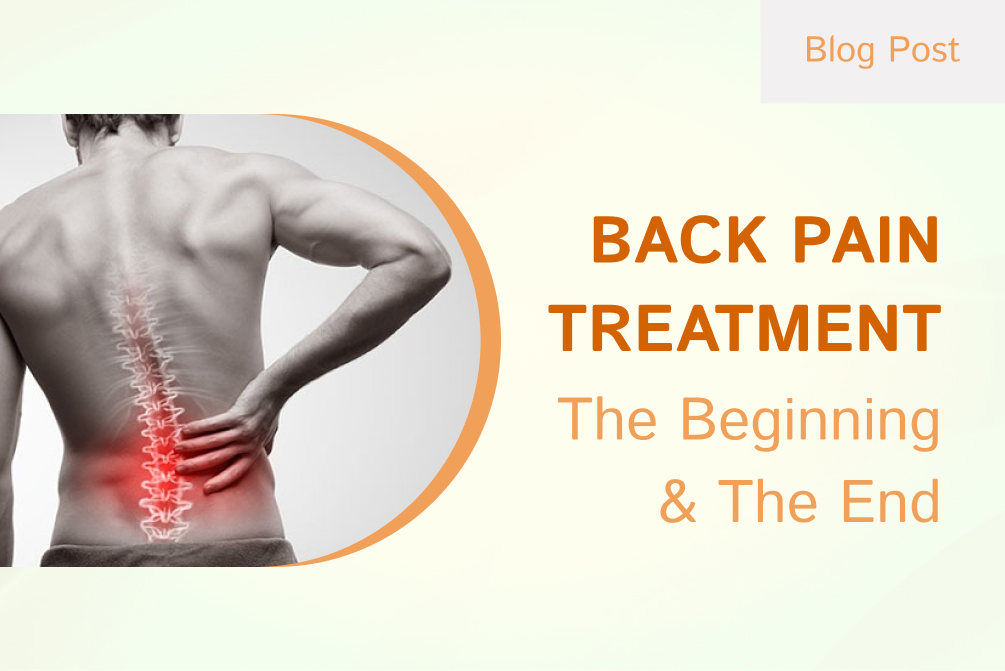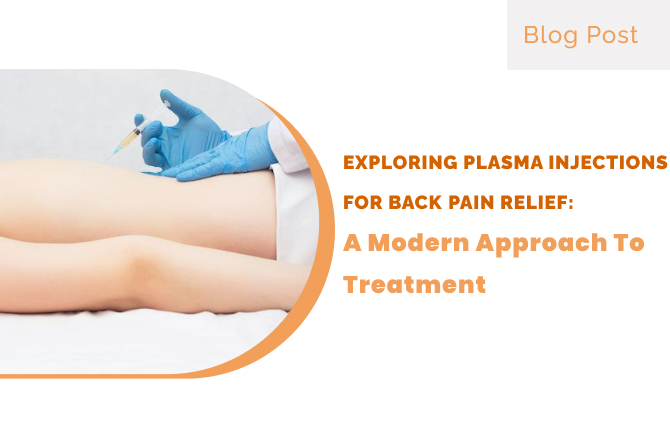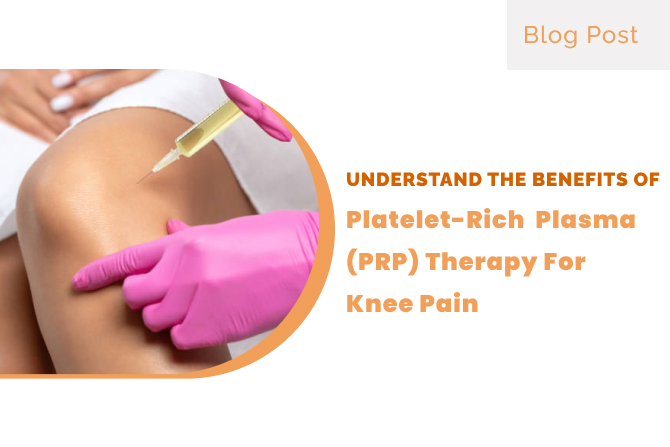Neck Muscle Sprain

The neck, muscle, and sprain are so regular among individuals now. A neck muscle sprain can aggravate it or in the worst case worsen it. A neck sprain occurs when there is a stretch in the muscle or ligament of the neck. That would be the typical thing like a bump into something, or going that extra little bit when you should have stopped twisting for example; or some sort of accident. Therefore, there are many causes of neck muscle sprain. If a sprain is mild it will heal without treatment in days to weeks. This is a stark, real pain—hard or tougher or excruciating; it hurts. Getting medical intervention right away will prevent the condition from becoming severe.
Consulting with the best neck specialist doctor will help you get the best treatment process.
When should you see a doctor for treatment?
Usually, the strain triggered by a neck sprain will take days or weeks to heal. People often feel that during neck muscle sprain, they cannot even move side to side, it also occurs when it is extremely painful. Thus consulting the right doctor and getting proper treatment can make the recovery rate high.
Neck Muscle Sprain Diagnosis
Your condition will be accessed by an expert neck specialist doctor. A physical examination may be in order if your doctor wishes to observe how you move, stand, and sit. Neck Specialist Center has reputed advanced facilities, resources, and tests to identify a genuine solution for the ailment.
Cure for Neck Muscle Sprain
When you visit the neck pain clinic, they use some effective techniques to treat neck muscle sprain. Once a precise cause is identified for the neck muscle sprain, your neck pain doctor will employ the best method to treat your disorder in a risk-free manner.
- Medications over the Counter: Medications that can be taken to help relieve pain and reduce swelling are prescribed.
- DO NOT: USE HEAT AND COLD PADS On the advice of your surgeon, you should use heat or cold pads for the sore areas If there is any swelling keep it down.
- Workouts: Doing light workouts will help in movement and increase flexibility.
Physical Therapies: A physical therapist will be assigned for your chronic neck muscle strain which helps in reducing the inflammation and pain.
Picking the right clinic for your neck muscle sprains and spasm needs with best way to take. Many neck disorders have been treated at Alleviate Pain Clinic successfully by the seasoned and valued hands of their qualified neck pain specialist doctors. Anyone suffering from neck pain, experiencing numbness or stiffness of the neck should book an appointment with their doctor as soon as possible.

